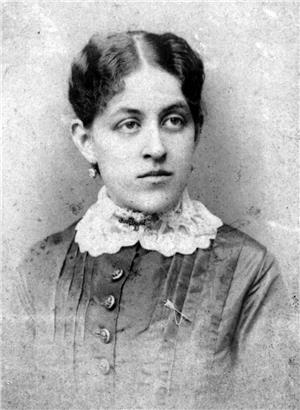The League of Women Voters (LWV) is a non-partisan organization founded in 1920 and concerned with public policy and citizenship issues. It grew out of the National American Woman Suffrage Association (NAWSA). Under the leadership of President Carrie Chapman Catt (1859-1947), the NAWSA transformed itself into the League of Women Voters after the suffrage organization had won the victory of the 19th Amendment to the U.S. Constitution, which granted women their right to vote.
To Finish the Fight
Catt introduced the idea of the League at the NAWSA’s Jubilee Convention in March 1919 when she proposed "the most appropriate patriotic memorial [to the suffrage crusade] that could be suggested – a League of Women Voters to finish the fight"(Lemon, 50). The "fight" was to win national woman suffrage and to eliminate other forms of legal discrimination against women. Catt maintained that the League should continue to face controversial issues, as NAWSA had, should remain nonpartisan, and should educate for citizenship.
The League of Women Voters of Washington held its first convention in Seattle in September 1920. The next year, a women's group known as the Good Government League joined the state organization as the LWV of Seattle. During its first decade, the Seattle League held candidates' meetings, lobbied for enforcement of protective legislation for working women and children, and protested changing the name of Mount Rainier.
Democracy at Work
In subsequent decades the League has worked to encourage more active and informed participation by citizens in the democratic process. Its programs include public forums, voter registration campaigns, and voter information services. Today, the LWV of Seattle works in cooperation with the LWV of King County South and the LWV of Lake Washington East to publish the annual pamphlet They Represent You: Citizen's Directory of Elected Officials.
From its inception, the League has been nonpartisan, supporting issues, but not candidates. Through the years, it has broadened its agenda of thorough study of public policy issues. When the membership arrives at consensus, the League promotes positive solutions through community education and advocacy.
Today, more than 90,000 women and men in 1,000 communities across the country work together on local, state, and national issues in what has become a highly respected, nonpartisan, grassroots organization. Chapters of the LWV are a dynamic force in the political life of the Puget Sound region. The Seattle League is one of the largest in the country.

